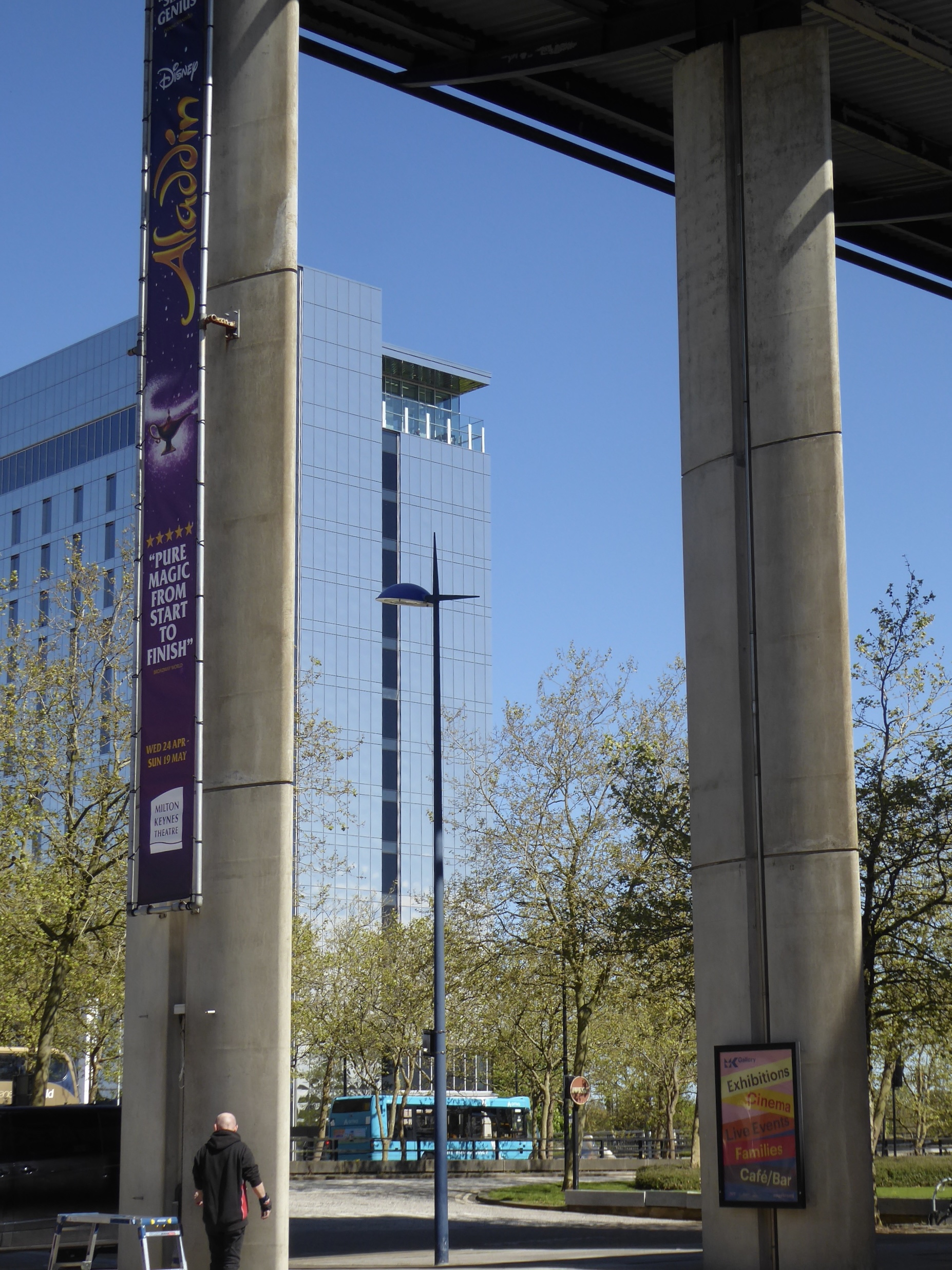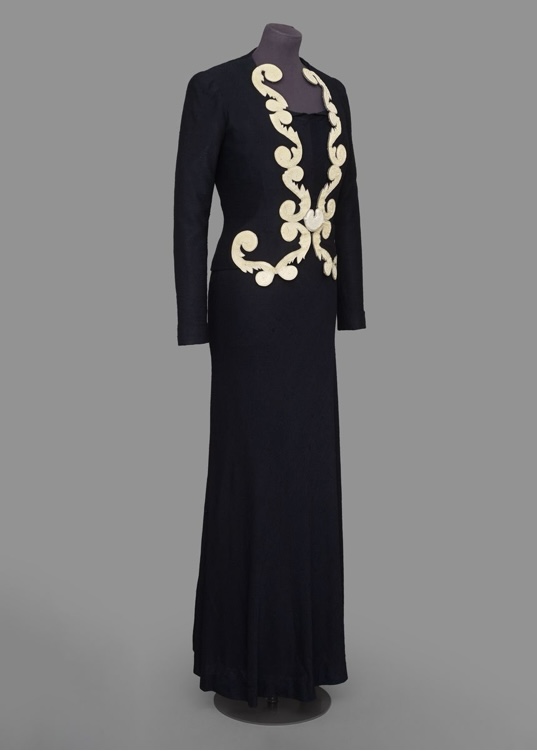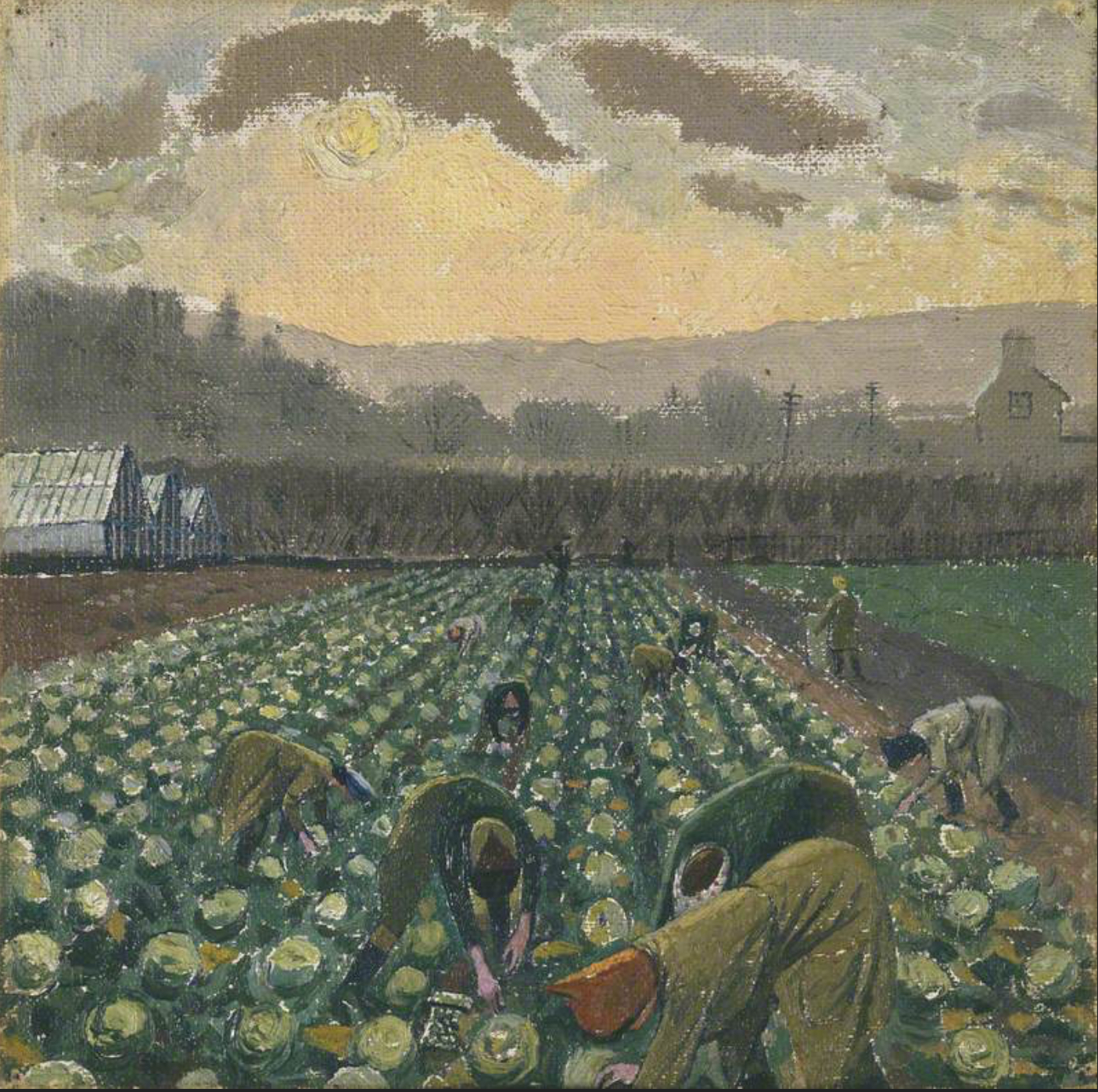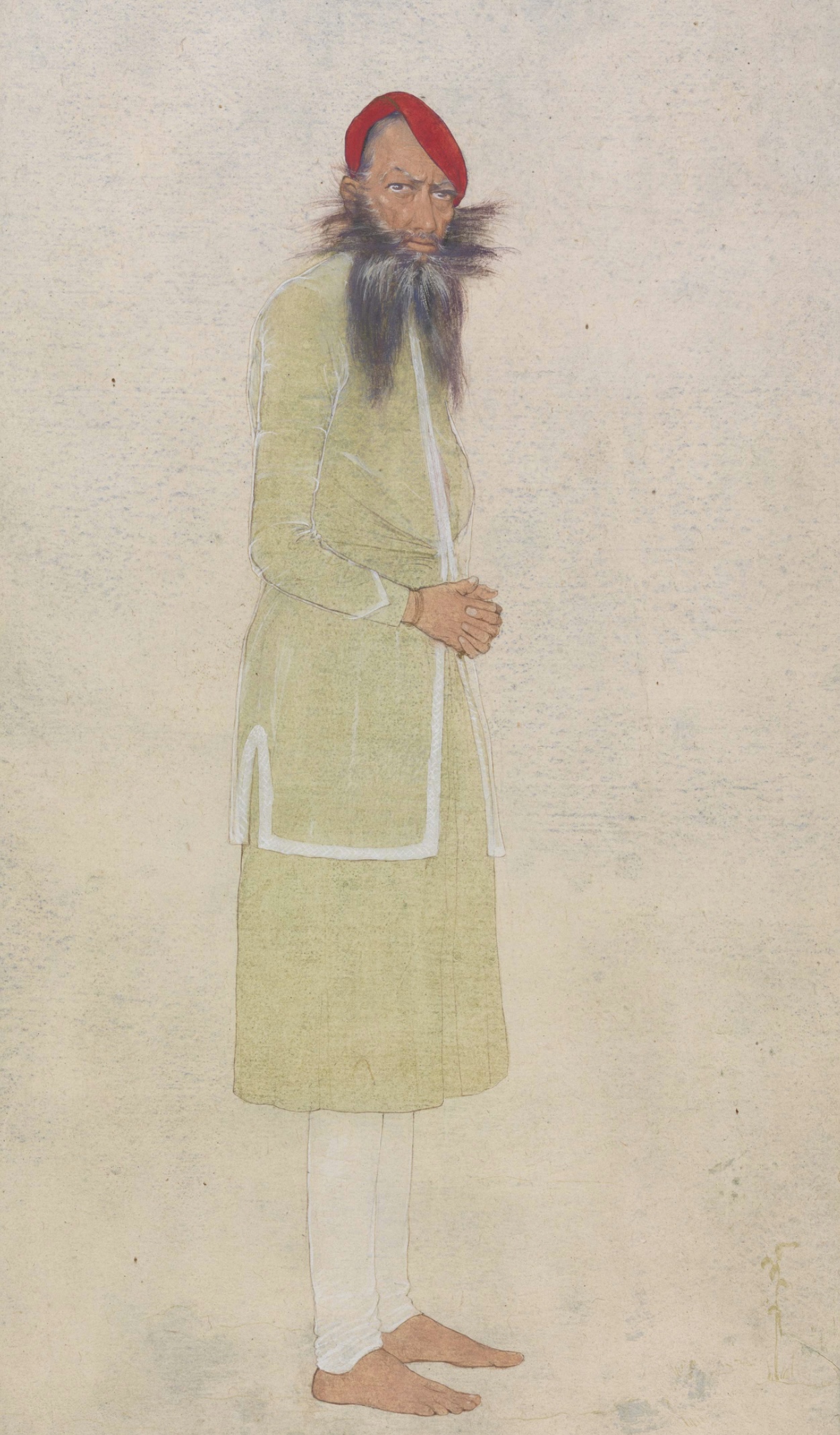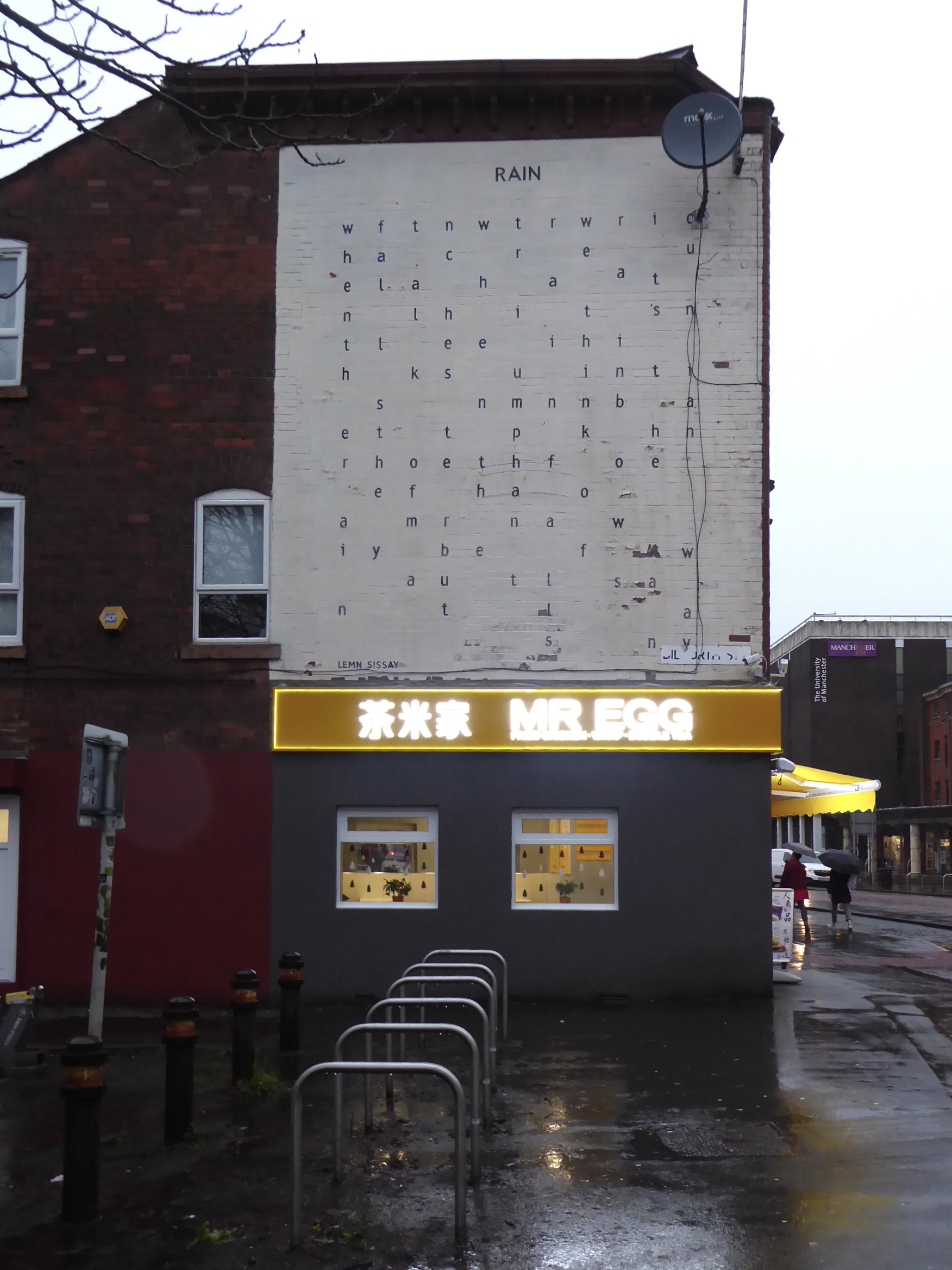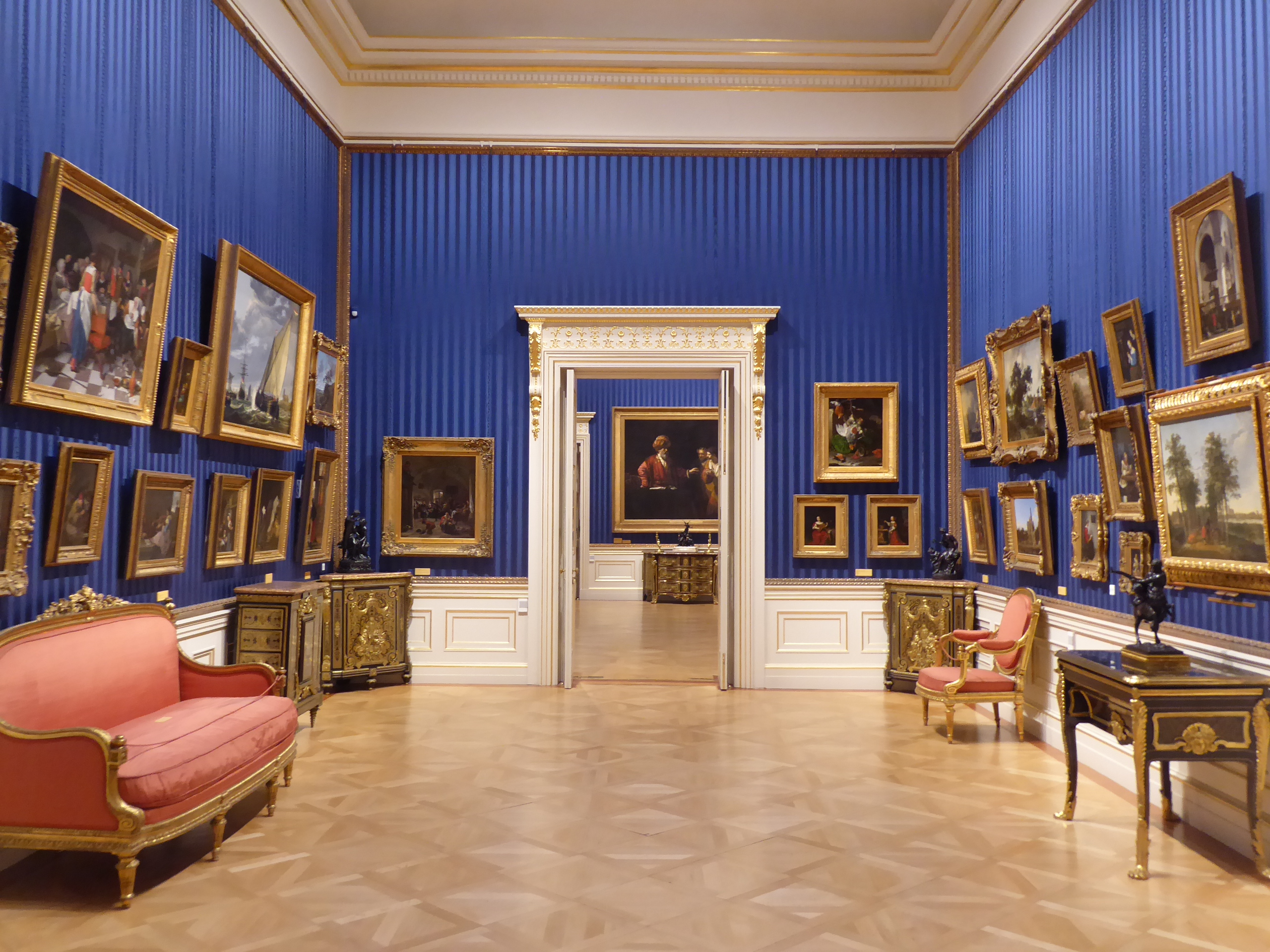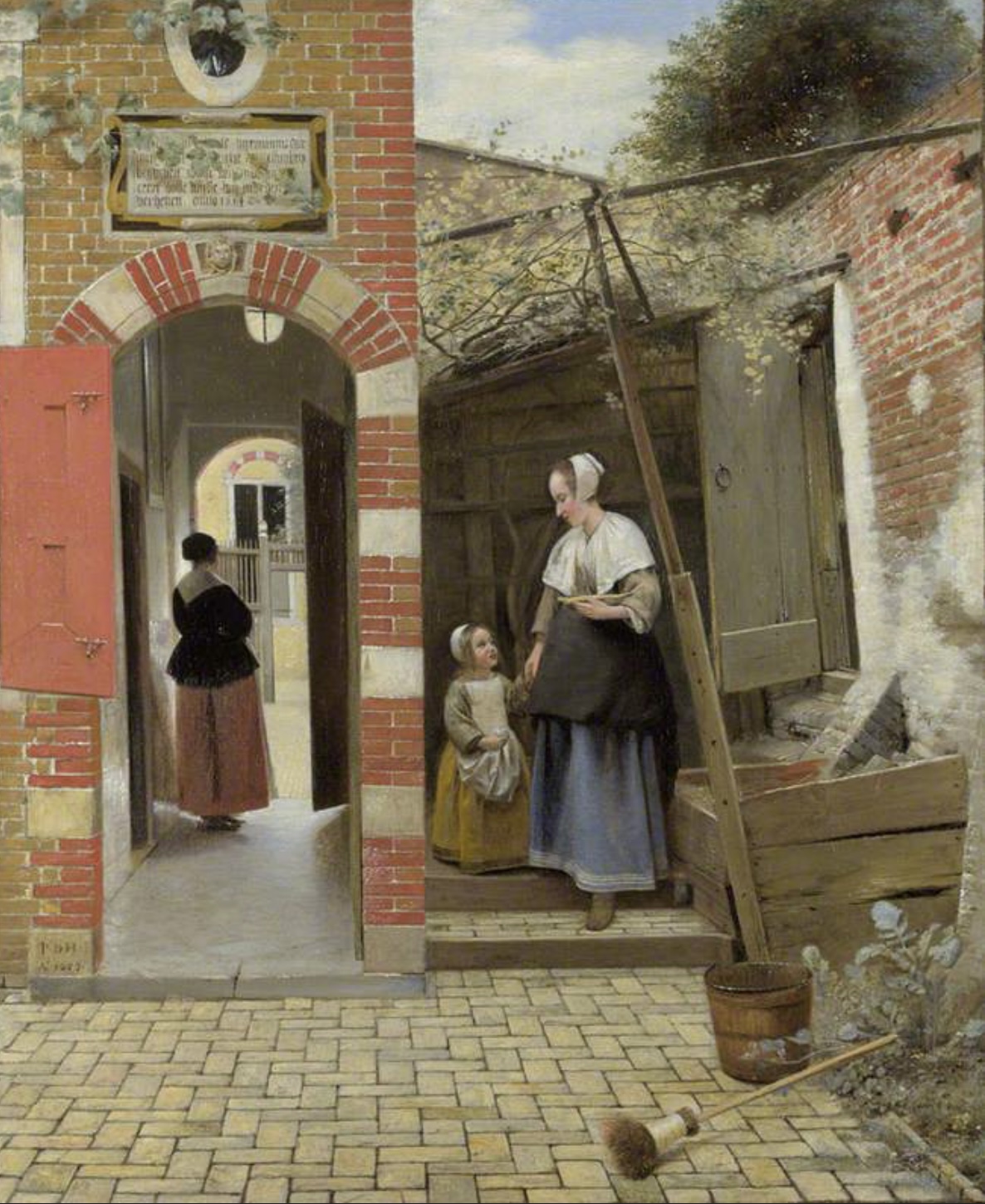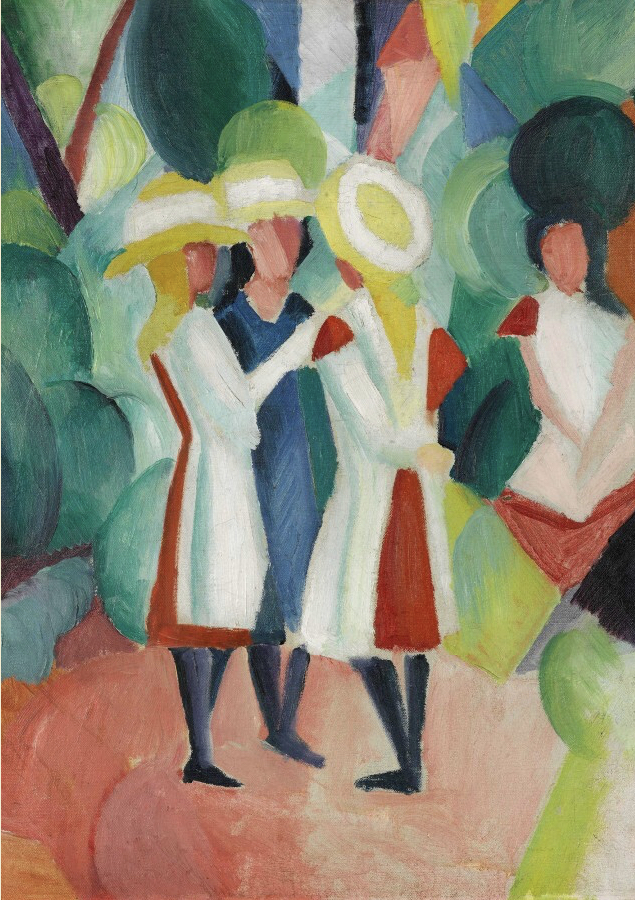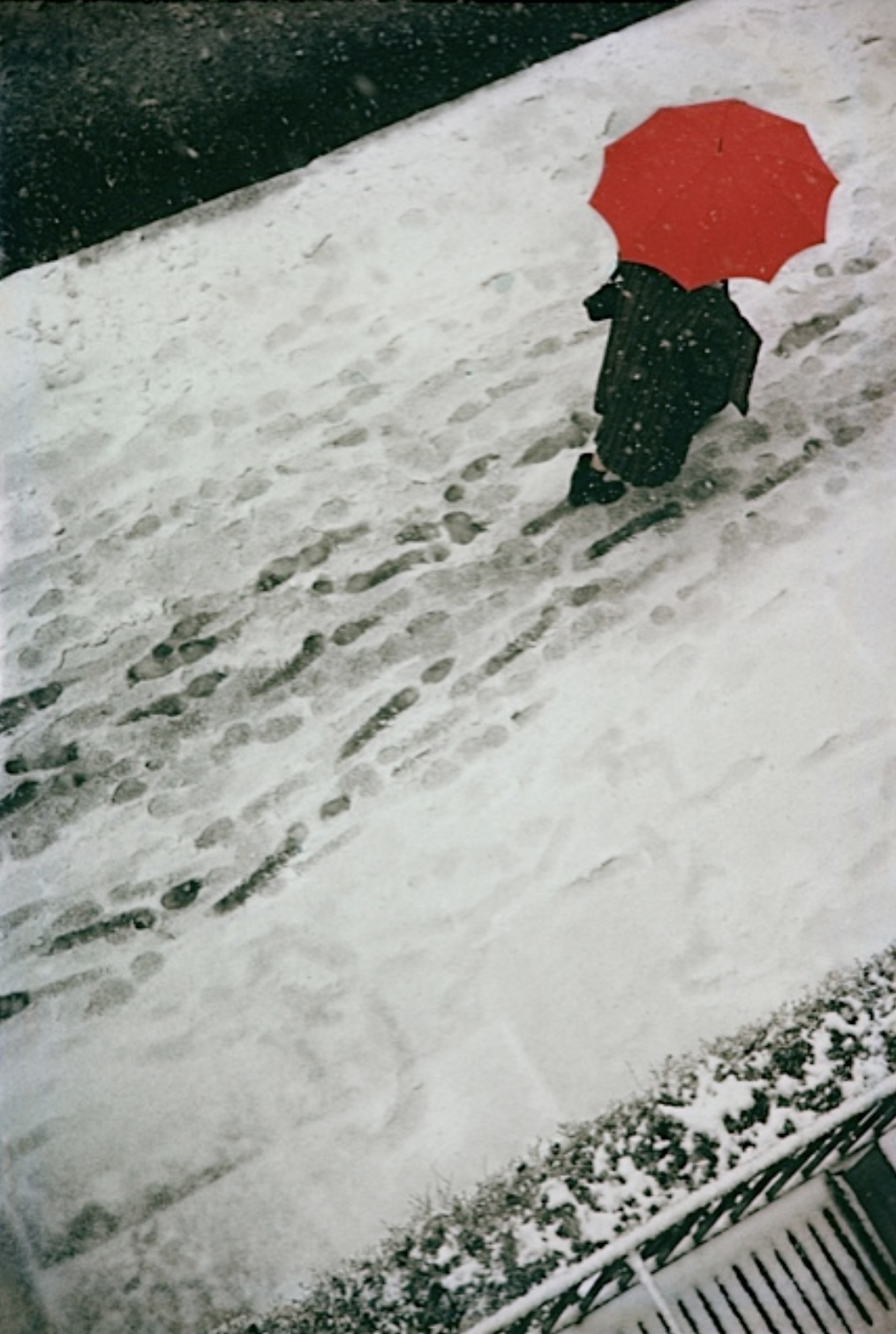
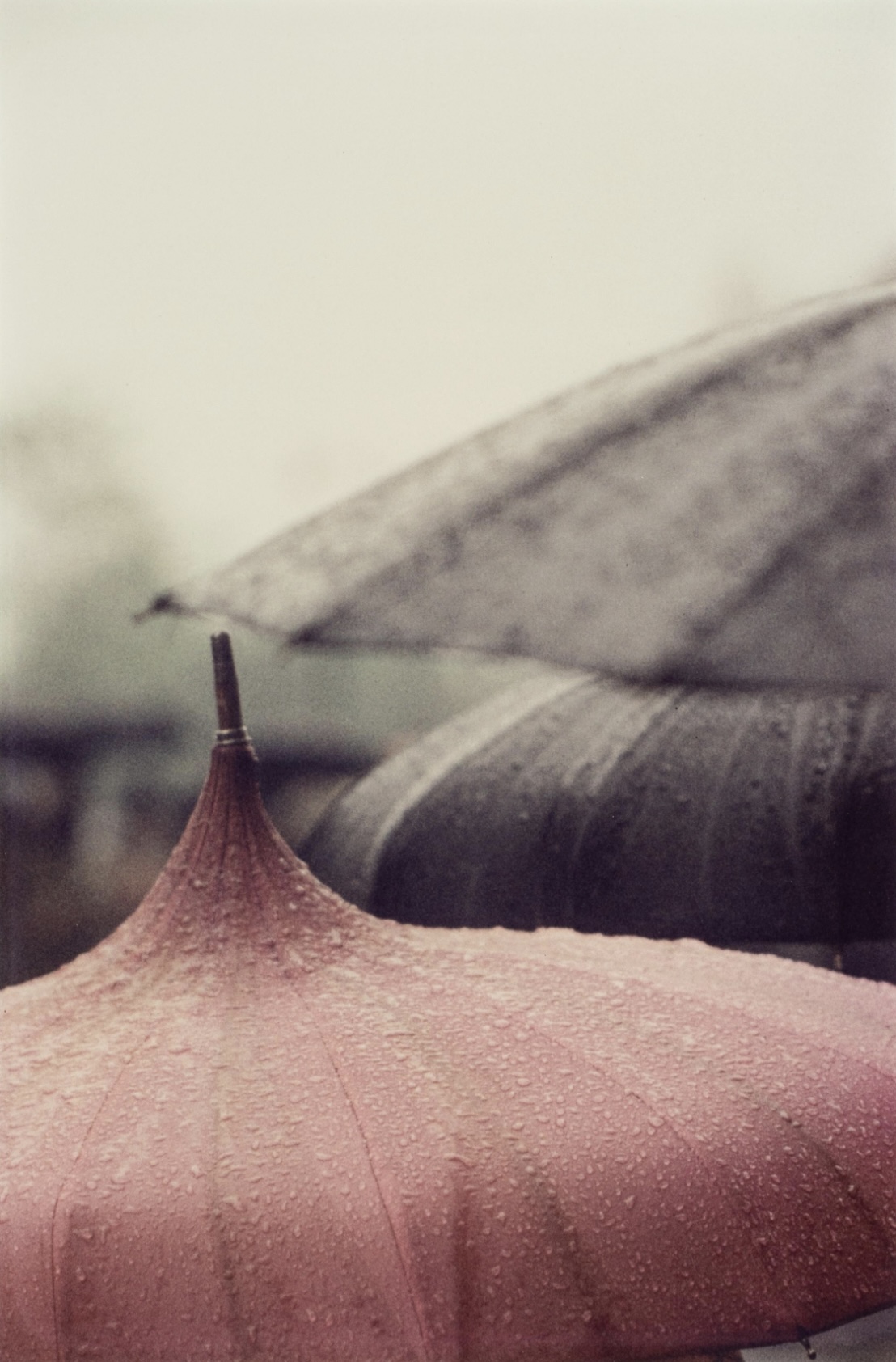
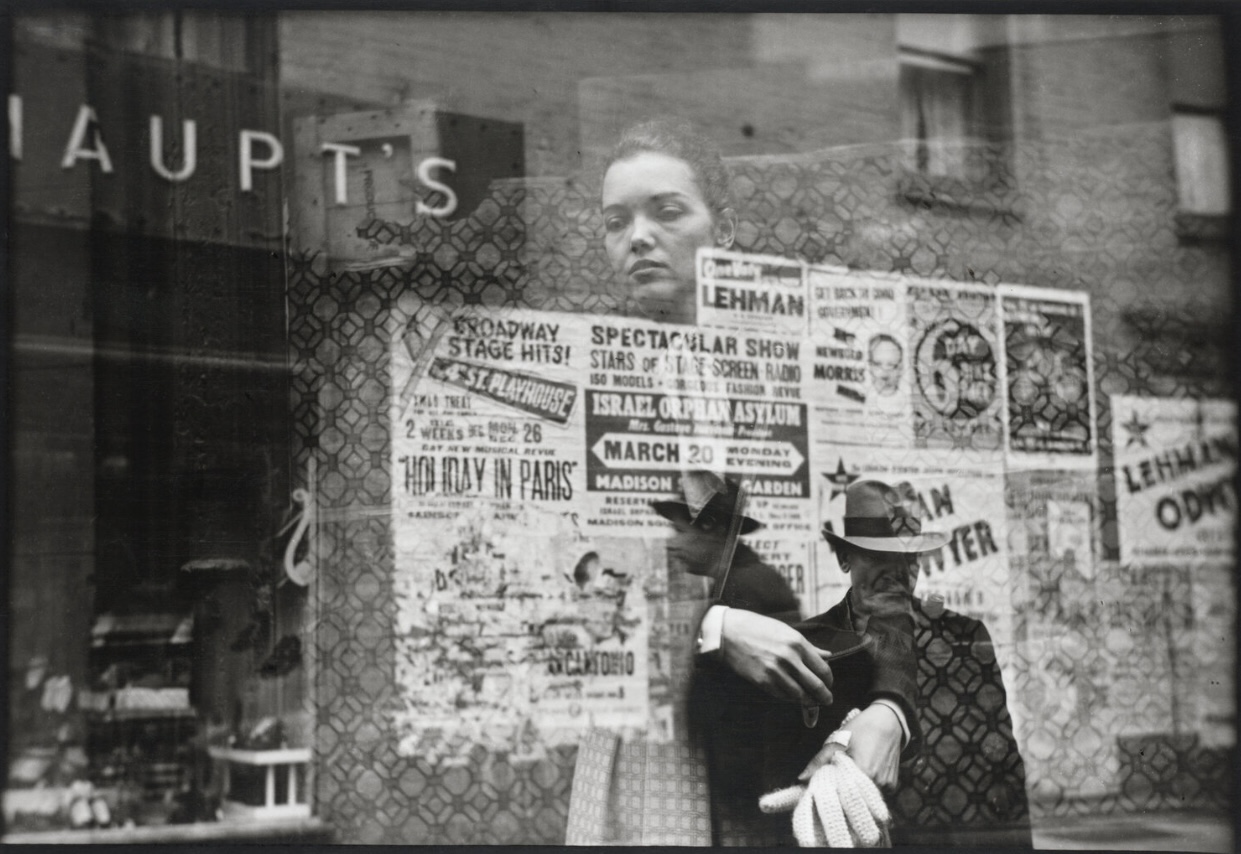



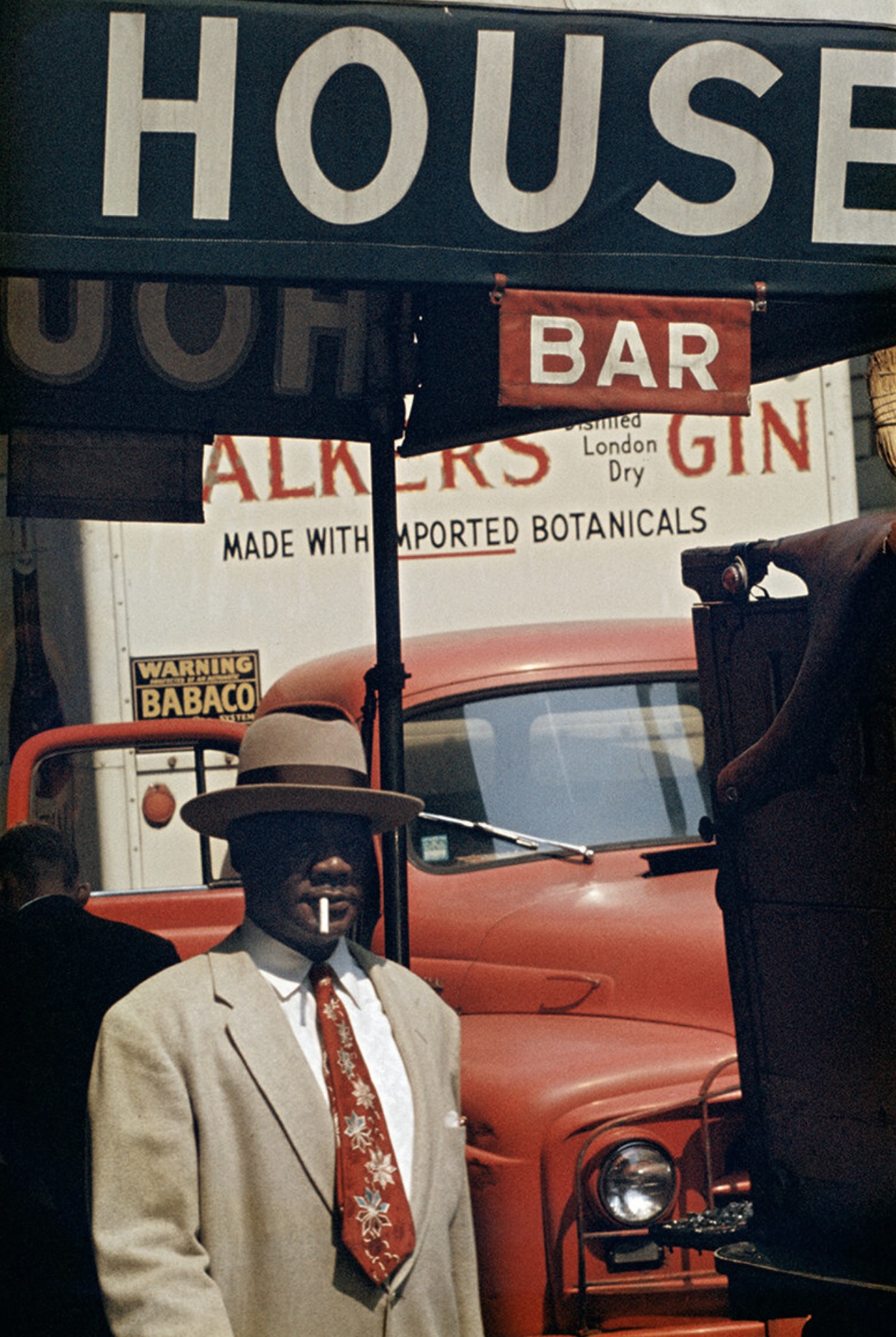

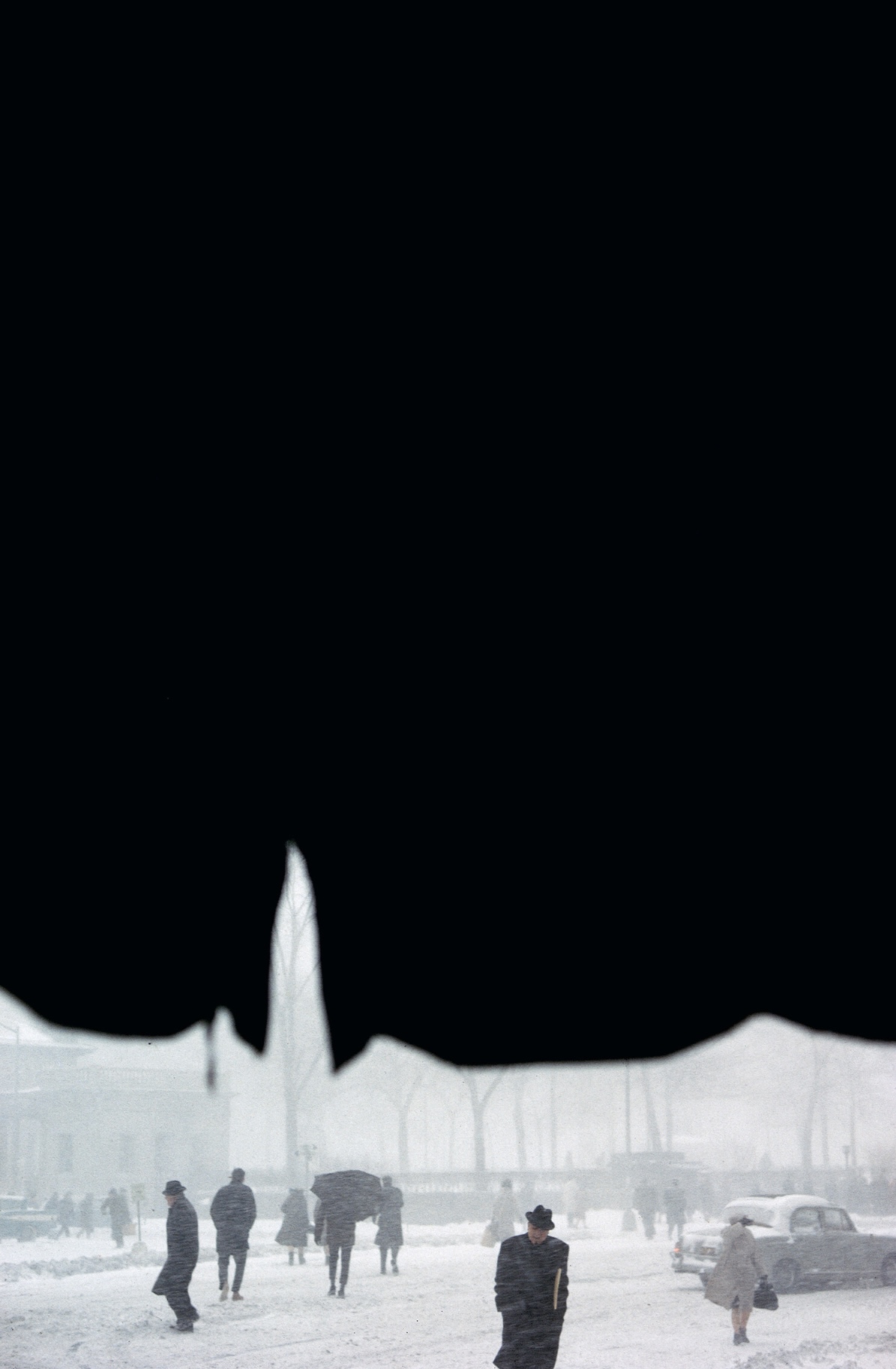
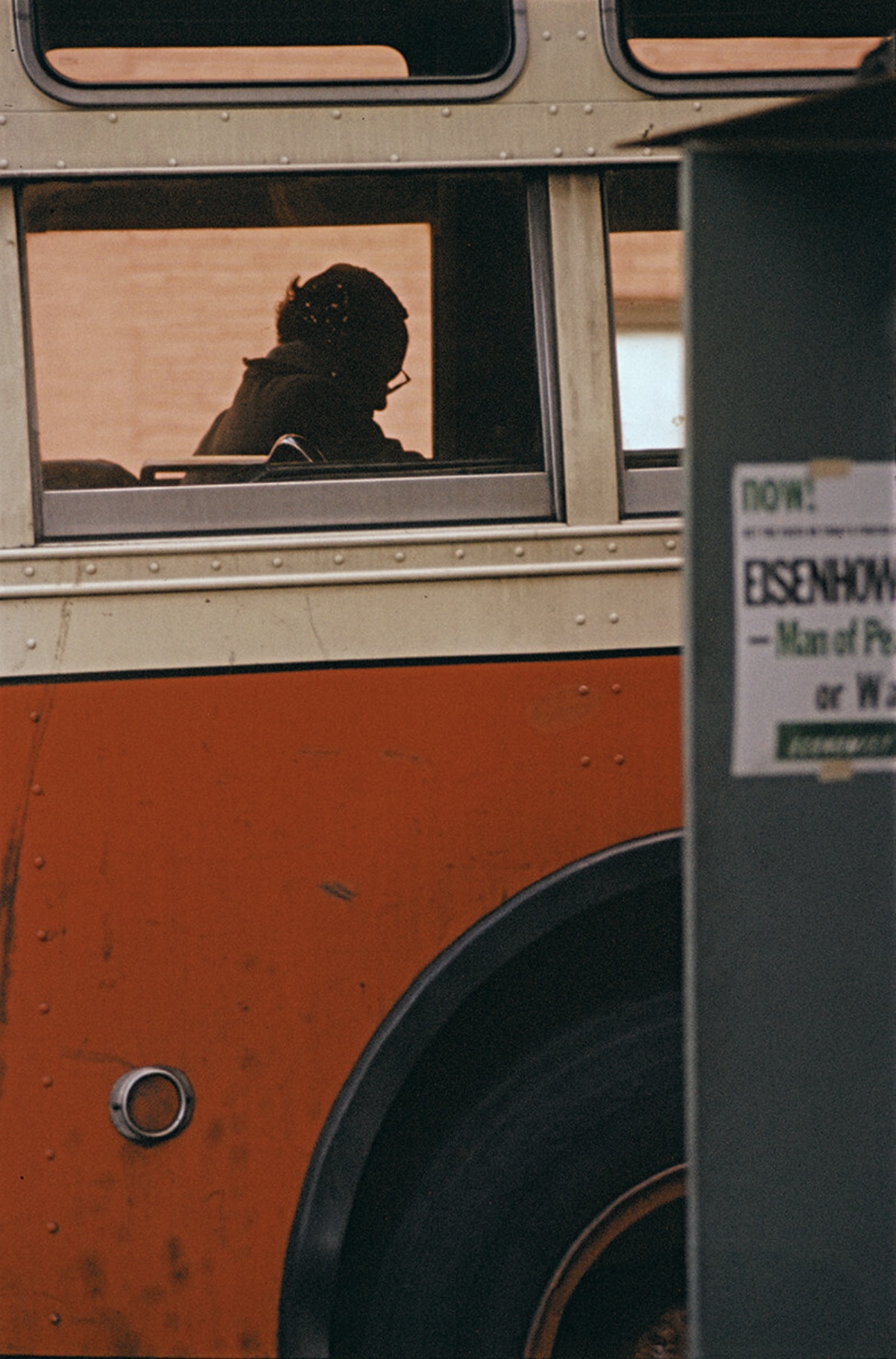
To Milton Keynes Gallery for another photography exhibition – this time by Saul Leiter (1923-2013), a New York photographer and artist who captured his corner of the city for almost 60 years. He never photographed the obvious: he tended towards abstraction, with lots of blank space and puzzling perspectives/reflections, and was brilliant in making something strange from the familiar. Over the course of the exhibition you got to know what pressed his buttons: umbrellas, hats, canopies, the views from the elevated railway or through steamed-up windows.
The full quote of his from which the exhibition title is taken is:
Photographs are often treated as important moments but really they are little fragments and souvenirs of an unfinished world
which I rather liked. Of course, I had to take my own photos!
